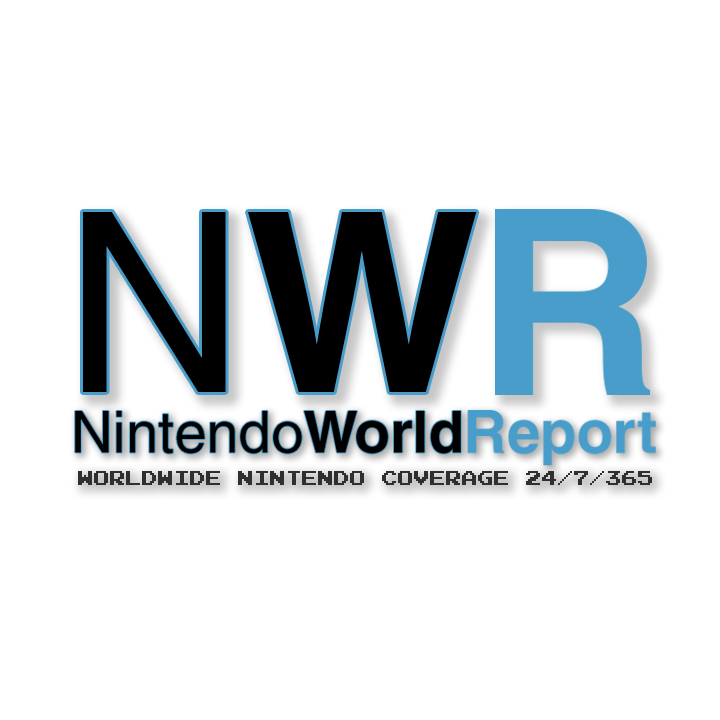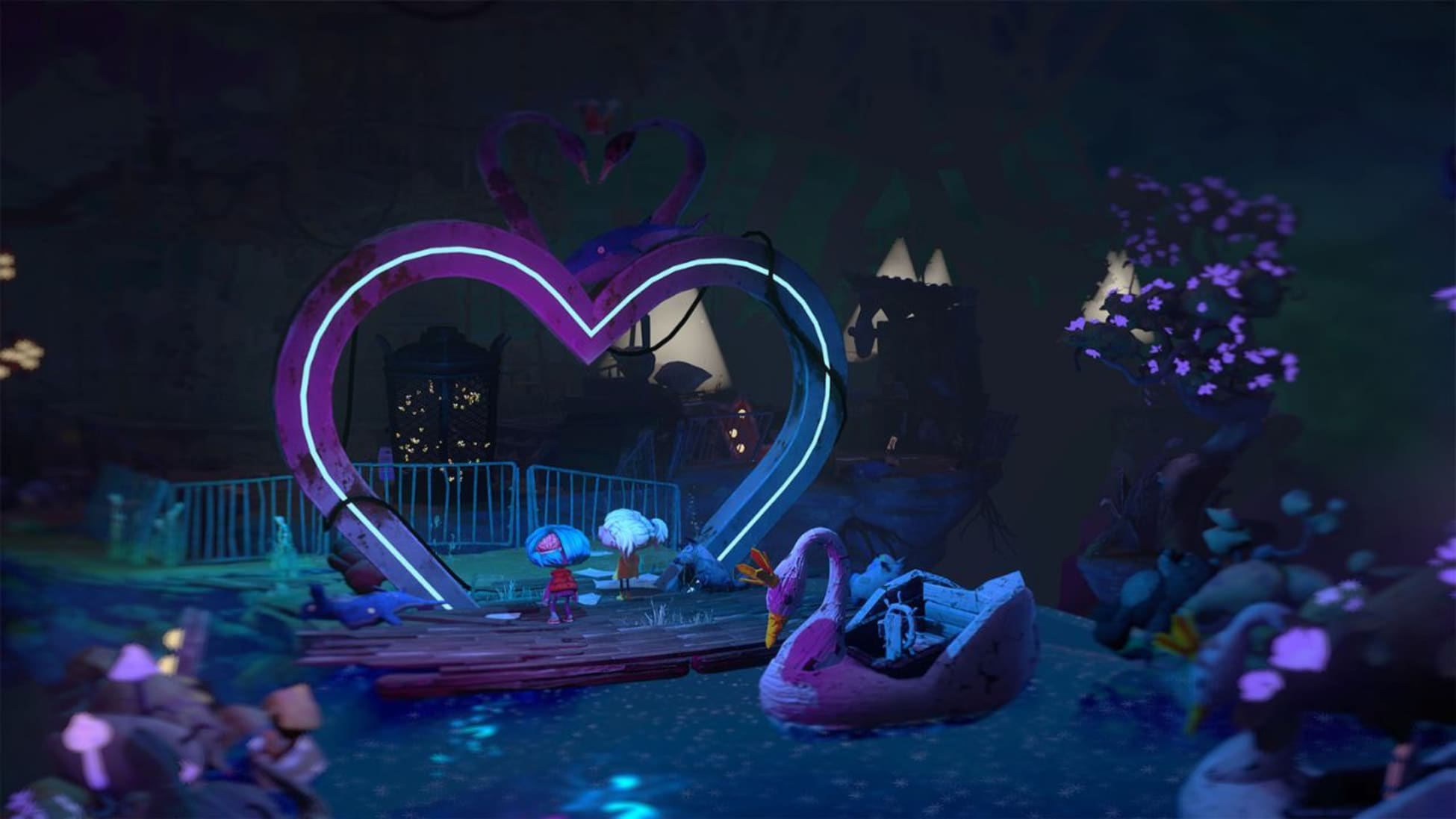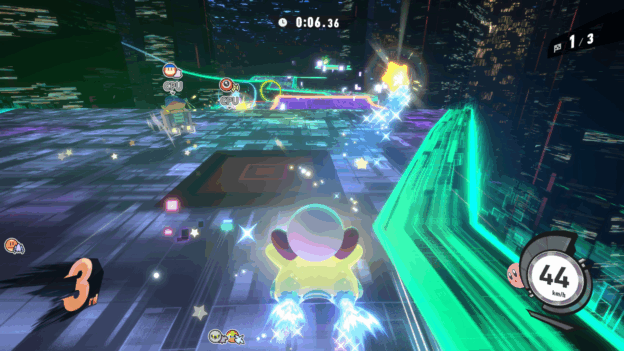Yu-Gi-Oh! Early Days Collection Review – Review

Last year Yu-Gi-Oh! celebrated its 25th anniversary, prompting players and old-school fans everywhere to age in an instant. Konami announced a continued celebration with this ‘Quarter Century’ of the famous card game. Yu-Gi-Oh! The Early Days Collection is the sole videogame that marks this specific occasion. A collection with 14-ish games from the early history of the card game series with entries from both the Game Boy, Game Boy Color and Game Boy Advance. As a, still, avid player of the Yu-Gi-Oh! card game I was morbidly curious about this collection. While I hadn’t played all of them before this review, my hazy memory recalled them being stiff and more into enticing those who’d seen the anime rather than those who played the card game. Turns out that hunch was correct, but the shock wasn’t as bad as I expected. This revisit to the world of classic Yu-Gi-Oh! will for most be a morbid curiosity, but for the true aficionados of the franchise there is definitely some charm to this package. You will need to dig deep to find it however.
So let’s get the big thing out of the way. Yes, this collection contains 14 full Yu-Gi-Oh! games that were released between 1998 and 2005. From the very first Yu-Gi-Oh! games on the DMG Game Boy, only released in Japan, based on the manga and now for the first time fully localized in English, to the Game Boy Advance world championship series that proposed to be an accurate battle simulator and even some wild experiments in between. From the outset that seems like a massive amount of games, but there are some caveats. For starters, the early Game Boy games are very much incremental updates to the card game and the rules that were still developing at that time. Yu-Gi-Oh! Duel Monsters II: Dark duel Stories for example, only adds in new rules and cards to balance out decks. And, the western, Dark Duel Stories (Yu-Gi-Oh! Duel Monsters 4 in Japan) only added in a single zone for trap cards. While this is a fun historical look back at how quickly the game evolved based on both the limits of the hardware and the growth of the card game (in Japan), playing them back to back will be interchangeable to most players. The progression in seeing how the game design evolves over time, especially in the UI and UX elements, is fascinating to me, but in truth after playing the game for a single match I quickly bounced to find the more accessible games in the collection.
The real surprise to me was Duel Monsters 3. This title, previously only available in Japan, follows the Monster World arc in which Yugi’s friends have been transformed into monsters and are stuck in a tabletop roleplaying game, with the antagonists serving as the game’s Dungeon Masters. This means that the game contains no trading cards whatsoever. You place monsters on a grid that resembles a very simplified version of a turn-based strategy title like Fire Emblem. Every monster has its own attack pattern and gets a buff based on the field it is standing on and if it is in range of friendlies. This means that every battle in this game turns into a miniature puzzle. In order to determine whether your attacks hit, two D10’s are rolled and the outcome determines if you miss or strike successfully. It’s a neat little system and the dice roll is even used to determine the encounter rate of random enemies during the boss segments. It is so unlike the other games in the collection that it immediately stands out.
The same cannot be said for Dungeon Dice Monsters and Destiny Board Traveler. These two spin-offs focus on a more boardgame-like approach to Yu-Gi-Oh!. Dungeon Dice Monster is an attempt to digitize the oft forgotten spin-off game of the same name. Two players face off on an isometric grid on which they place cubes that can unfold in certain directions. The goal is to build a road to the other side of the field to attack your opponent’s dice master. In theory this sounds pretty great, but the game has no tutorials for the player whatsoever. All you’re left with is a very unappealing and overly complicated manual that you will need to pull up every time until you get the hang of the game. This is where I started to run into quite a few complications with this particular collection. The quality of life features of this collection aren’t bad per se, but there are some notable omissions. For starters, while you can open every game’s manual, each time you reopen the menu, the manual resets to the first page making it especially hard for the games where the rules are pretty hard to grasp (looking at you, Dungeon Dice Monsters). This goes double for the specific type chart that is deployed in the early games and the RPG titles, where monsters can be instantly defeated if they are facing an opposing monster type. This chart isn’t as straightforward as other systems, in particular since it contains types that do not exist in the actual card game, like the ‘dreams’ and ‘shadow’ type. While you can rewind up to one minute at any time during the game, there is no fast-forward. This would be particularly helpful in the duel simulator titles on the GBA, where the CPU needs quite a bit of time to think through moves.
Finally, there is the online support, or rather the lack thereof. There is only one game that supports dueling against opponents and trading cards, and that’s Duel Monsters 4. An interesting choice to say the least, as this is one of the titles that was only available in Japan. Even stranger is that all these games have cheat menus that help you to unlock both cards and avoid duelist point limits. Now this wouldn’t be an issue if Duel Monsters 4 wasn’t split up into three versions (one for Yugi, Kaiba and Joey’s decks). Meaning that while dueling between versions is possible, there really is no incentive to do so. It would’ve been far more interesting if the online support existed for games like Stairway to the Destined Duel or even World Tournament 2004, as this format is still pretty beloved by old school Yu-Gi-Oh! Players. It might be added at a later time, but for now the online feels like a limited afterthought that really doesn’t change the experience or make it a particularly compelling offer for those wanting to pick up the collection.
These half measures to Yu-Gi-Oh! Early Days is also felt by the strange inclusion of Duel Monsters 6: Expert 2. Now according to the marketing, this GBA title was one of the most popular games in the series at the height of Yu-Gi-Oh!’s popularity in Japan. So it would make sense to include it. But while every other game in this collection is translated, Duel Monsters 6: Expert 2 is here and it is in full Japanese. Now an argument can be made that this game was later adapted into the western release in Stairway to the Destined Duel with a modified ruleset to adapt to the English version of the trading card game. But it being here just feels like a weird inclusion as a separate game. While other Japanese versions are included with the other games, being able to select any language version in the main menu of the collection, this one has a category all its own. All the other previously Japanese exclusive games have been translated, so leaving this one here just feels really confusing.
And I think that shows the two halves of Yu-Gi-Oh! Early Days Collection. On the one hand, it is really cool to dive back into the strange history of Yu-Gi-Oh! Before it became an established card game, with all modern games following either the many animated series, or being a straight up duel simulator. But while the amount of games is impressive, there isn’t that much care and attention to detail put into the collection as there could be. It feels like a half baked anniversary collection at times. With quality of life features just not going far enough in their helpfulness, certain games being very hard to grasp without consistently grabbing the manual, one title being left in Japanese and only online play for a single set of games. There aren’t even additional artworks, concepts or design documents, which could’ve really added some value to this package for the true Yu-Gi-Oh! fans. Among the games, there are standouts, like The Sacred Cards, Duel Monsters 3, The Eternal Duelist Soul and 7 Trials to Glory. But the majority feels like incremental improvements to the series or completely throwing out any similarities to the actual card game out the window. It’s a historical document, but with surprisingly little care and love for the history on display here.
Who is Yu-Gi-Oh! Early Days for? Well those looking to relive the glory days of Yu-Gi-Oh! will probably find some enjoyment here. The amount of games looks impressive on paper, but in practice it is hard to say that these titles will keep your attention. I did find myself returning to a few as pick up and play experiences. Rebuilding decks and reinventing strategies for the tweaked, but ultimately same card games wasn’t really keeping my attention by the time I arrived at the later GBA titles. It could’ve been fun to explore this with a friend, but as only one game would support online play I’d find it hard to recommend to even the most dedicated of Yu-Gi-Oh! players. But lowering your expectations and going in blind, especially for some of the more unusual titles in the collection, could still be fun. Just know that there is a high likelihood that by the end you’ll be happy that you’ve moved past those early days.



